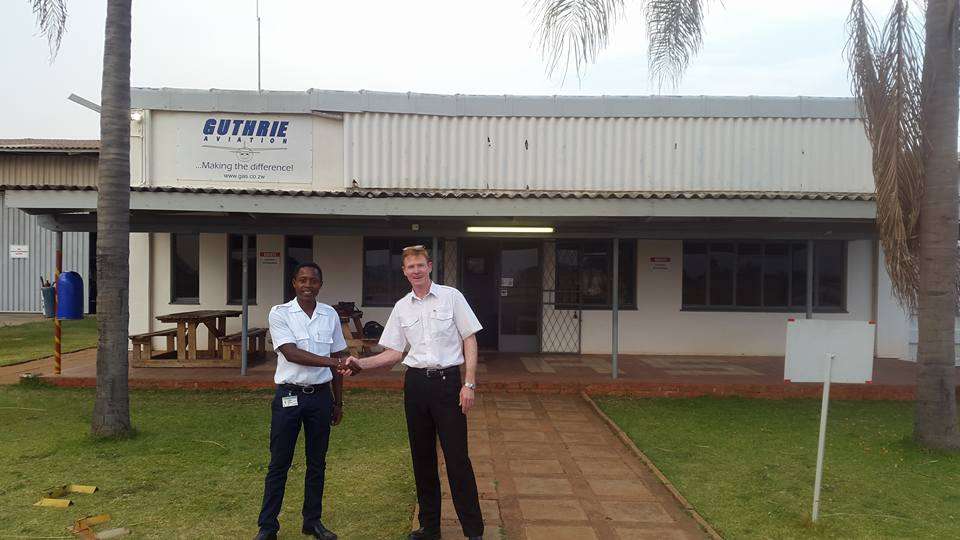ATC Pressure
Background

While waiting as number two for departure on runway 06 at FVCP, the aircraft ahead obtained ATC & departure clearance from the tower and carried out a normal take-off. Within 20 seconds after take-off, the pilot requested to return for landing due to an open fuel cap. The request was made in what sounded like a very calm manner.
The tower responded to the pilot and asked which runway he would like. The pilot responded (again in a very calm manner) that he would like 06. The tower then responded in a questioning and almost dubious tone “Are you sure you would not prefer runway 24?”
This clearly planted the seed of doubt in the pilots mind and he then replied (very unconfidently and uncertain) that he would like runway 24.
The pilot then executed a relatively tight, left hand teardrop to reposition on final for runway 24. This required a non-standard procedure that the pilot was probably unfamilliar with, and left him high and fast with a tailwind of approximately 8 knots.
Safety Risk
A relatively non time-critical, in-flight situation became a rushed, non-standard, unstable in-flight situation. This resulted in the aircraft ending up high and fast on the approach and a deep landing followed. Due to excessive braking after touchdown, the wheels were noted to be intermittantly locking and skidding (as evidenced by the smoke coming from them). At one point, it appeared that the left wheel was completely locked and that the aircraft had begun to yaw towards the edge of the runway.
Although the PIC has full and final authority over the aircraft, the doubt that was placed in his mind by ATC caused him to change his initial decision and end up in a dangerous situation.
Solution
A relatively non time-critical, in-flight situation became a rushed, non-standard, unstable in-flight situation. This resulted in the aircraft ending up high and fast on the approach and a deep landing followed. Due to excessive braking after touchdown, the wheels were noted to be intermittantly locking and skidding (as evidenced by the smoke coming from them). At one point, it appeared that the left wheel was completely locked and that the aircraft had begun to yaw towards the edge of the runway.
Although the PIC has full and final authority over the aircraft, the doubt that was placed in his mind by ATC caused him to change his initial decision and end up in a dangerous situation.
Solution:
Pilots should never be pressured by ATC into unsafe situations. Remember that the controller is in no danger at all, sitting in the tower, and although they may be trying to offer assistance, the pilot must make an informed and qualified decision that is not influenced by ATC.










